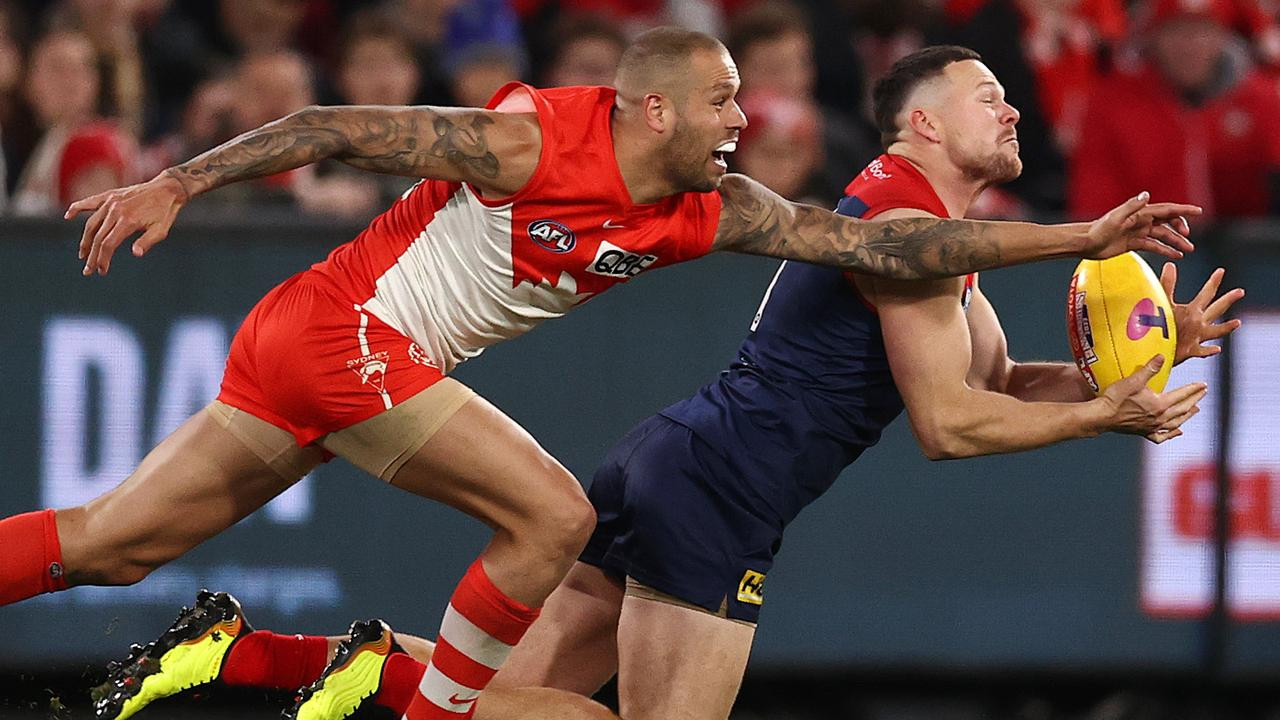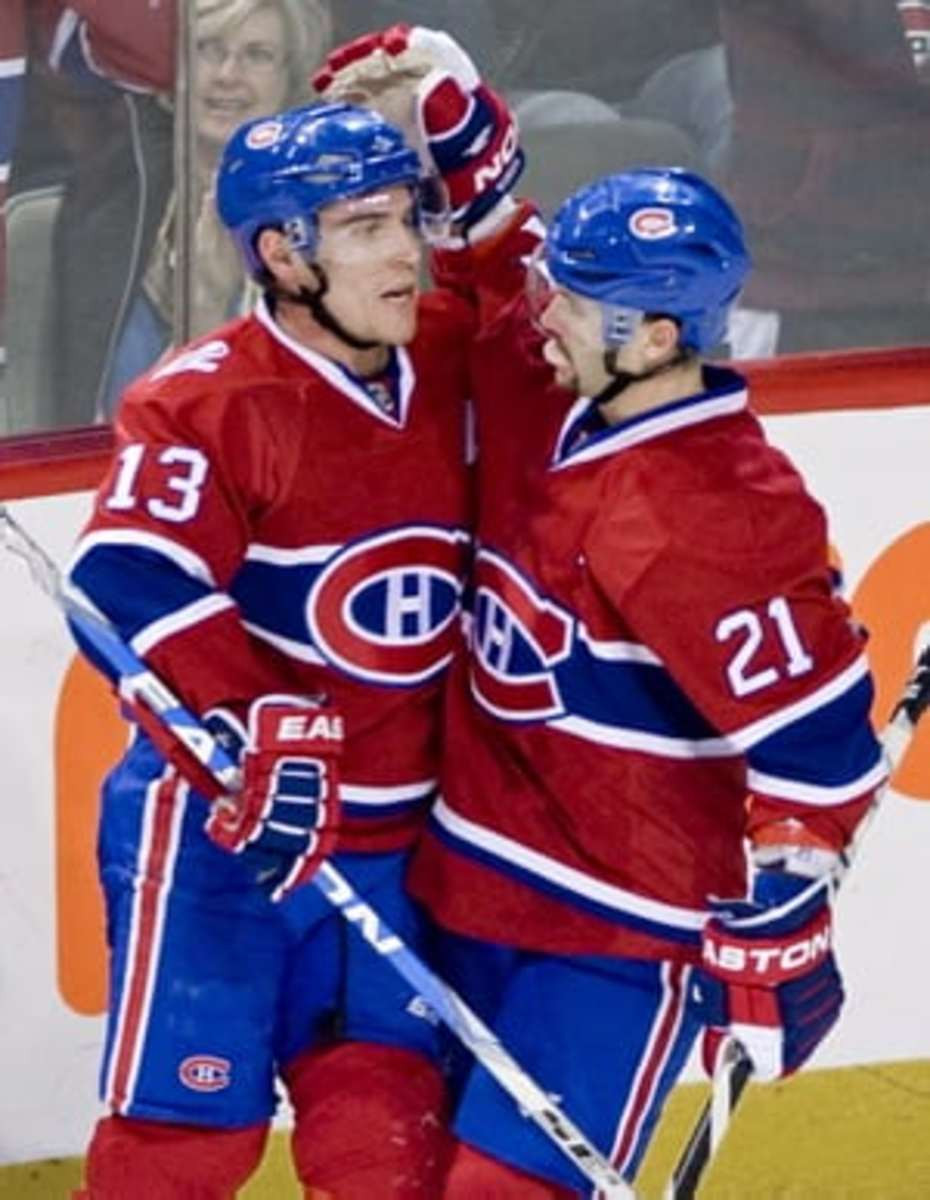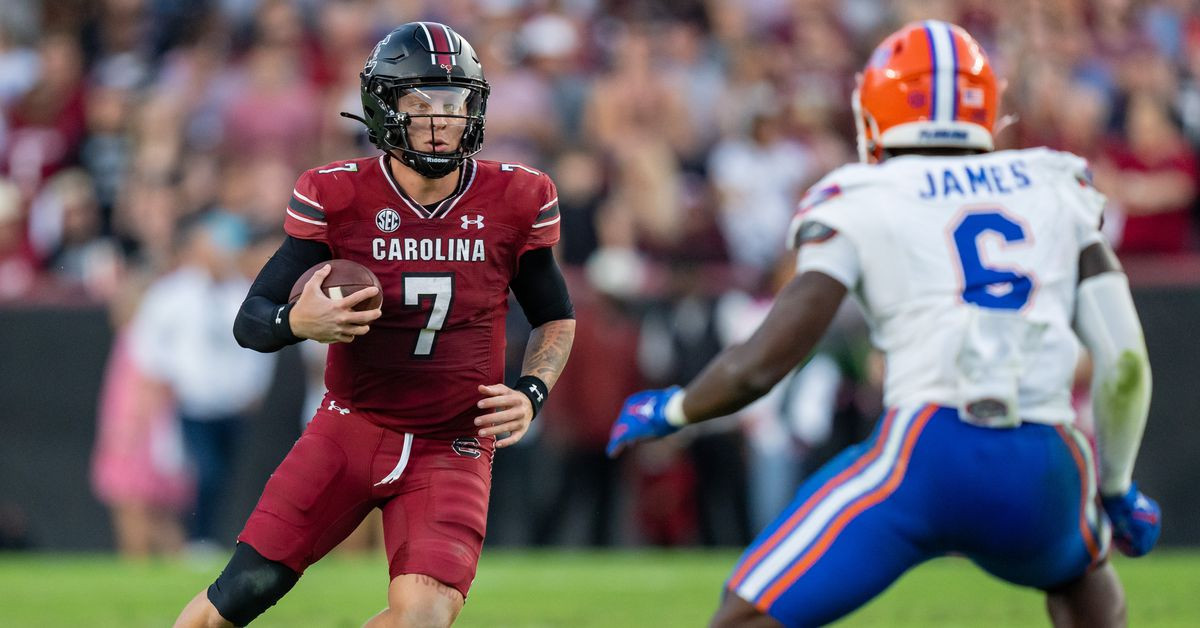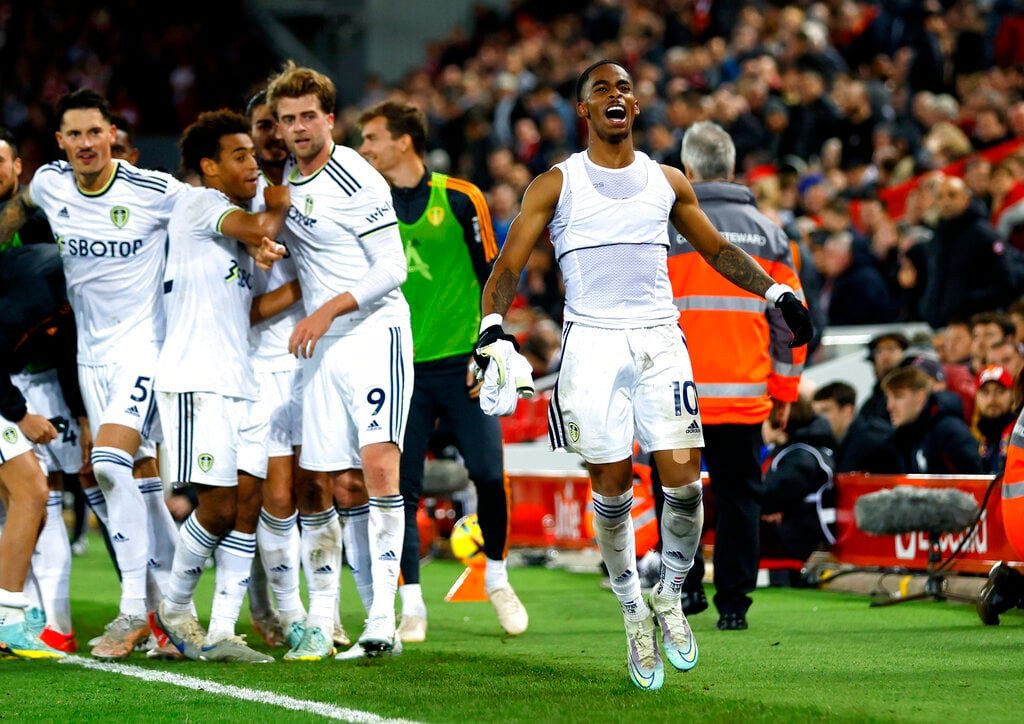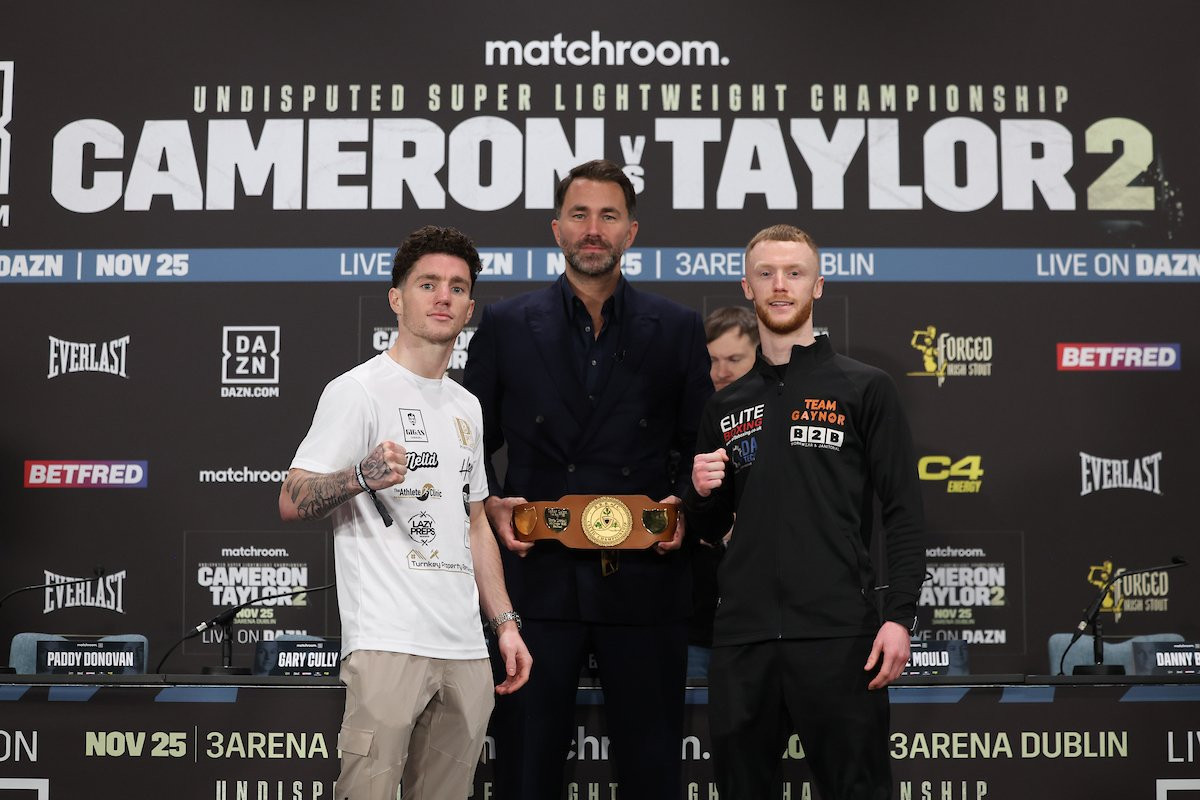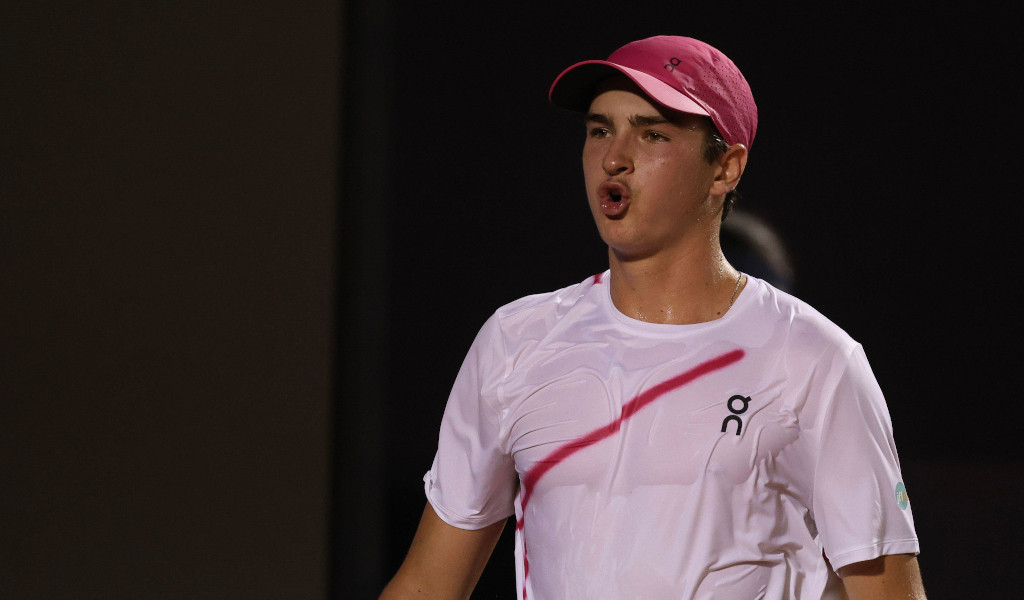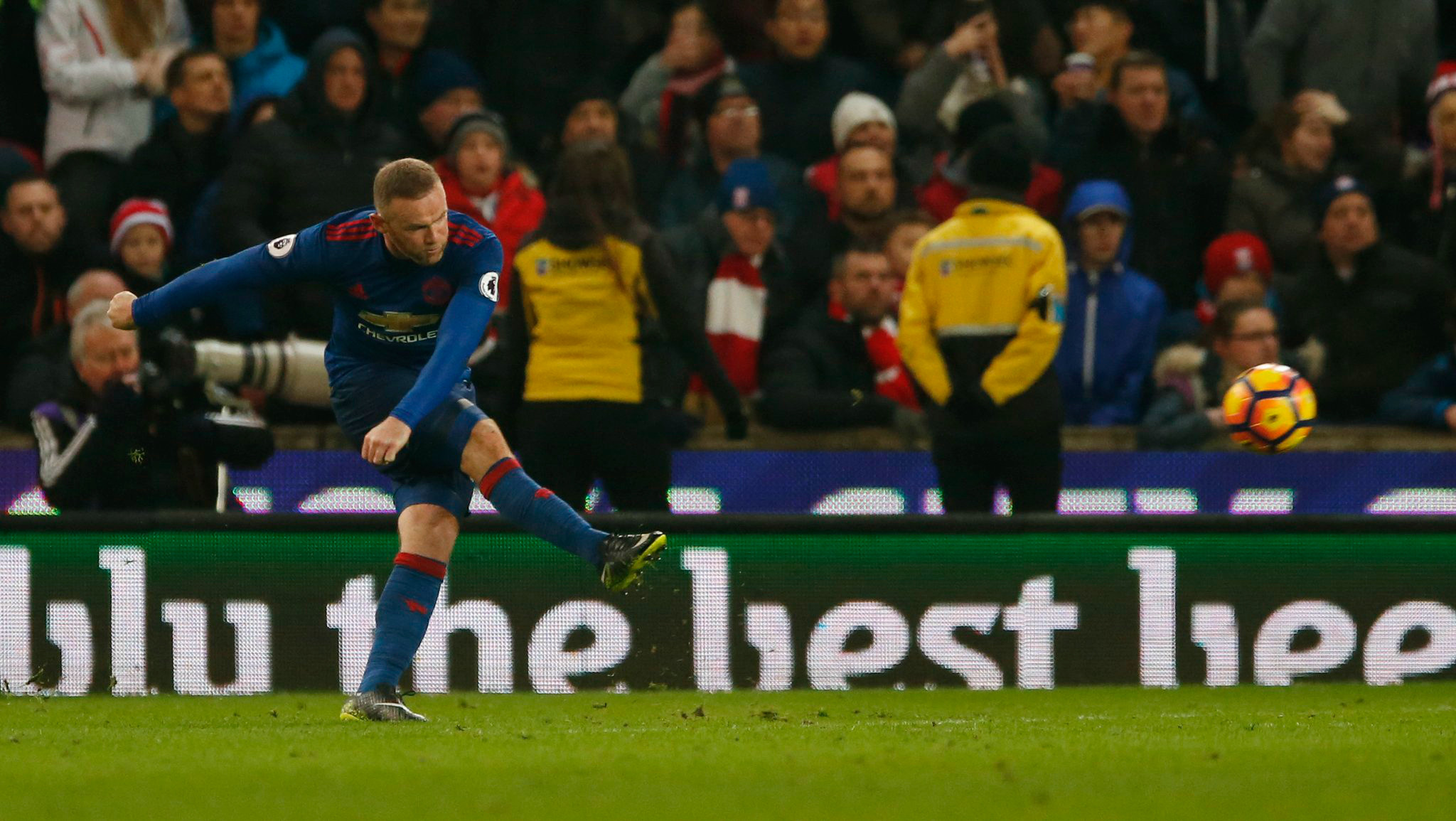Here in Sydney, center of the AFL universe, The Sydney Swans (minor premiers) are playing the Greater Western Sydney Giants (fourth) in the qualifying final at the Sydney Cricket Ground on Saturday. In Sydney. Just near Sydney Harbour.
It will be a hard game for either Sydney team to win. It will be even harder for the TV commentators to pretend Sydney doesn’t exist.
Here’s how it usually goes for fans of the Sydney teams, who have been at or near the top of the AFL all year. They are playing a Melbourne team. Let’s call it, for argument’s sake, “Collingwood”, but it could just as easily be Carlton, Essendon, Hawthorn or even North Melbourne.
The Sydney team is smashing them. The commentators spend all their time wondering what “Collingwood” can do to turn it around, how many “Collingwood” players need to lift, what tweaks the “Collingwood” tactics need, whether the “Collingwood” coach will be on the boundary line or in his box.
Every half-hour, they remember to mention a Sydney or GWS player, but only one they can identify, such as Isaac Heeney or Toby Greene or Nick Blakey, who goes by “The Lizard”, because it would be too hard to remember his name. When Tom Papley kicks a goal, there will be a stock phrase about how he “fires up his teammates”. Then it’s back to more analysis of “Collingwood”.
If “Collingwood” fight back, the commentators become extremely excited. They don’t talk about how the Sydney team has fallen away or what it needs to do better. They begin to wet their pants about how superb “Collingwood” are, what an incredible fightback they have made and how all other teams are scared of them.
When the final siren sounds, whatever the result, we get a thorough post-mortem on why “Collingwood” were so bad or so good.
It gets a bit wearying, not to exist. And Sydney’s existence is going to be a mountain, this weekend, for Melbourne and its voices to overcome. Sydney is an AFL thing and, this year, a thing that can’t be airbrushed away.
The Sydney Dominance
The more that Sydney exists, the more Melbourne suffers an existential threat. Saturday’s match, which is at the Sydney Cricket Ground, in Sydney, may be a preview of the grand final. What will Melbourne do then? When they should be grateful that the match is being played in Melbourne at all, instead they’ll be whingeing about Swans supporters (too well-dressed to be real AFL fans) and GWS supporters (not enough of them).
There will be a lot of talk about what went wrong for “Collingwood”, what their players have been up to in Bali, and who they need to recruit in the off-season.
The AFL's New Powerhouse
Sydney versus Sydney is a Melbourne Armageddon. But it’s not only Sydney. The other top-four teams are Port Adelaide and Geelong (which is not a suburb of Melbourne). The highest-placed of the bottom four are the Brisbane Lions. Melbourne is represented in the finals, modestly, by the Western Bulldogs, Hawthorn and Carlton, at least one of whom will be gone by Saturday night. By Sunday, there might only be one Melbourne team left. Geelong, who overwhelmed Port Adelaide on Thursday night, will be fully incorporated into Bleak City.
Hubris comes before a fall, but let’s enjoy the hubris. We don’t hate Melbourne, we love it. It’s left Sydney in the dust in countless ways, but it’s as irresistible to tease as a big AFL sibling suffering a bad bout of denial. The Swans have been brilliant to watch all year. Like a back-marker in the Stawell Gift, they’ve mostly given their opponents the first quarter before running home over the top of them.
The Giants have been similarly good to watch if anyone was watching them. They’ve built on last season, when only a bad umpiring call prevented them from stopping “Collingwood” making the grand final. (“Collingwood”, who got to play all their finals at home, received an even worse umpiring call to edge Brisbane on the big day.)
The Rise of the New Sydney
One of the remarkable features of both Sydney teams is that they have defied the wisdom that you can’t change a tyre on a moving vehicle. The Swans have rebuilt their list while continuing to excel, integrating a new generation of stars – Heeney, Papley, Chad Warner, Errol Gulden, James Rowbottom et al – while their older players were on the fade. Their renewal advanced so rapidly that they made the 2022 grand final while still green, and were duly walloped that day by Geelong. They seem to be ready now.
What the Giants have achieved is equally admirable. Five years ago, their rich crop was forecast to dominate the AFL for a decade. Instead, that group made one grand final, in 2019, which they lost by 89 points to Richmond. The Giants managed to disburse many of their stars and their coach, yet still make the finals in three of the next five seasons.
Is it Fair?
Not fair, says Melbourne. It’s true that the AFL has assisted the Sydney teams in growing and drawing from their own academies, and allowed some not-inconsiderable salary cap concessions over time. If I were a “Collingwood” fan, I’m sure I would be bleating away and trying to pretend Sydney didn’t exist.
But in an era bent on expansion, there are structural lessons, as there are in the NRL with the Melbourne Storm, who have just won their whatever-th minor premiership in years they haven’t cheated the salary cap.
These clubs are darlings of their leagues’ administrations because, starting on greenfield sites, they have created 21st-century organisations. Expansion works when smart new people can create smart new clubs with the latest facilities and thinking. History has a great appeal for fans – it’s food for the soul and the engine of loyalty – but history can also bring the burden of factions, feuds, crippling grudges, horrendous toilets and other bad habits. In both the AFL and the NRL, many clubs are burdened by the very traditions they celebrate.
The Future of the AFL
And the majority of 20-to-25-year-old footballers don’t give a flying fart about history. They give a nod to the old boys but would really rather they get out of the way. It’s another of the remarkable features of the Swans that they have so smoothly woven their South Melbourne and 40-year Sydney histories into a truly 21st-century club.
These success stories provide a template for future expansion areas from Hobart to Perth to Port Moresby. It can be easier to start from scratch, or near-scratch. But a balance can always be struck. Compare, in the NRL, Penrith and Parramatta.
But enough sensible thinking. Back to gloating. From Bondi to Blacktown, this is Sydney’s Saturday. Even Peter V’landys will have to decide which he hates more, Victoria or the AFL. The Swans and Giants hate each other, and that’s something to be smug about too.
Melbourne might have become the most populous city in Australia, but all its crusty old TV guys will have to look north if they want to find the capital of their favourite game. It’s going to be hard for them to watch two Sydney teams and still make it all about Collingwood.
The Final Word
Sydney versus Sydney, a clash that has Melbourne in a tizz. The AFL has changed, and Sydney is leading the way. It's a new era, and it's going to be exciting to watch how the rest of the country reacts. Will the Sydney teams continue their dominance, or will Melbourne fight back? Only time will tell.




